Catalog
Search
40 products
View:
- Selected: 0Areas of use
- Selected: 1Item names
- Selected: 0Manufacturer
- Selected: 0Made in
- Selected: 0Additional
View:
40 products

X-ray fluorescence wavelength dispersive flowstream pulp, suspension and solution analyzer AR-35
The AP-35 analyzer is a fully automated analytical complex designed for continuous X-ray fluorescence analysis of the chemical composition of slurries and solutions in flow. The instrument has a movable software-controlled measuring head with an X-ray tube and fixed spectrometric channels (up to 8), each of which can be set up for any chemical element (from Ca to U). In operation, up to 15 flow cells are measured by the head according to a preset program.
Multi channel capability (up to 15 products to be measured).
Compatibility with automation systems for sampling, sample delivery, data handling and presentation, data archiving.
Link to factory process control system
High expressiveness, high analytical precision, low detection limits, reproducibility
High reliability.
The principle of operation is based on the excited fluorescence produced by the atoms of the material under analysis through the radiation of an X-ray tube. The fluorescence radiation of a particular chemical element is picked up by the crystal analyzer, and then the radiation at a specific wavelength is detected by an X-ray tube detector. The intensity of the recorded fluorescence radiation of a certain wavelength is directly proportional to the mass fraction of the chemical element in the substance under study.
Burevestnik
Kolomyagi
Produced in: Saint Petersburg
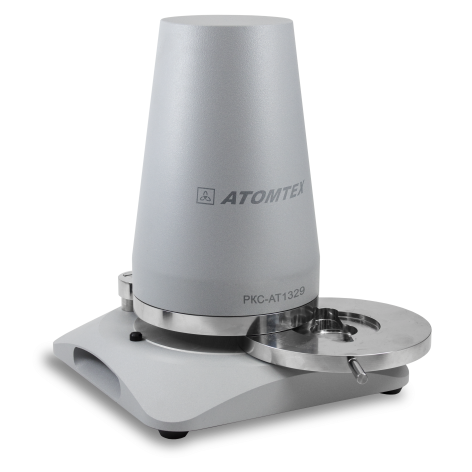
RADIOMETER RKS‑AT1329
The radiometer allows you to:
- measure the total alpha and total beta activity of counting samples based on aerosol analytical filters of the AFA type;
- measure the total alpha and total beta activity of "thick-layer" counting samples prepared from the sample substance (for example, by evaporation or by any other method that provides a "thick" sample);
- measure the total alpha and total beta activity of "thin-layer" counting samples prepared from the sample substance (for example, by electrolytic deposition);
- measure activity, flux density, external alpha and beta radiation for sources of type 1P9, 2P9, 3P9, 1C0, 2C0, 3C0;
- control radiation contamination of surfaces by smears.
Device control and measurement data processing is performed by an external PC
The possibility to use custom calibrations
The possibility to select units of measurement
LED stabilization of the measuring path
Passive lead protection against background radiation
The possibility to maintain a measurement database
Methodological support of measurements
Atomtekh
Minsk
Produced in: Belarus, Minsk
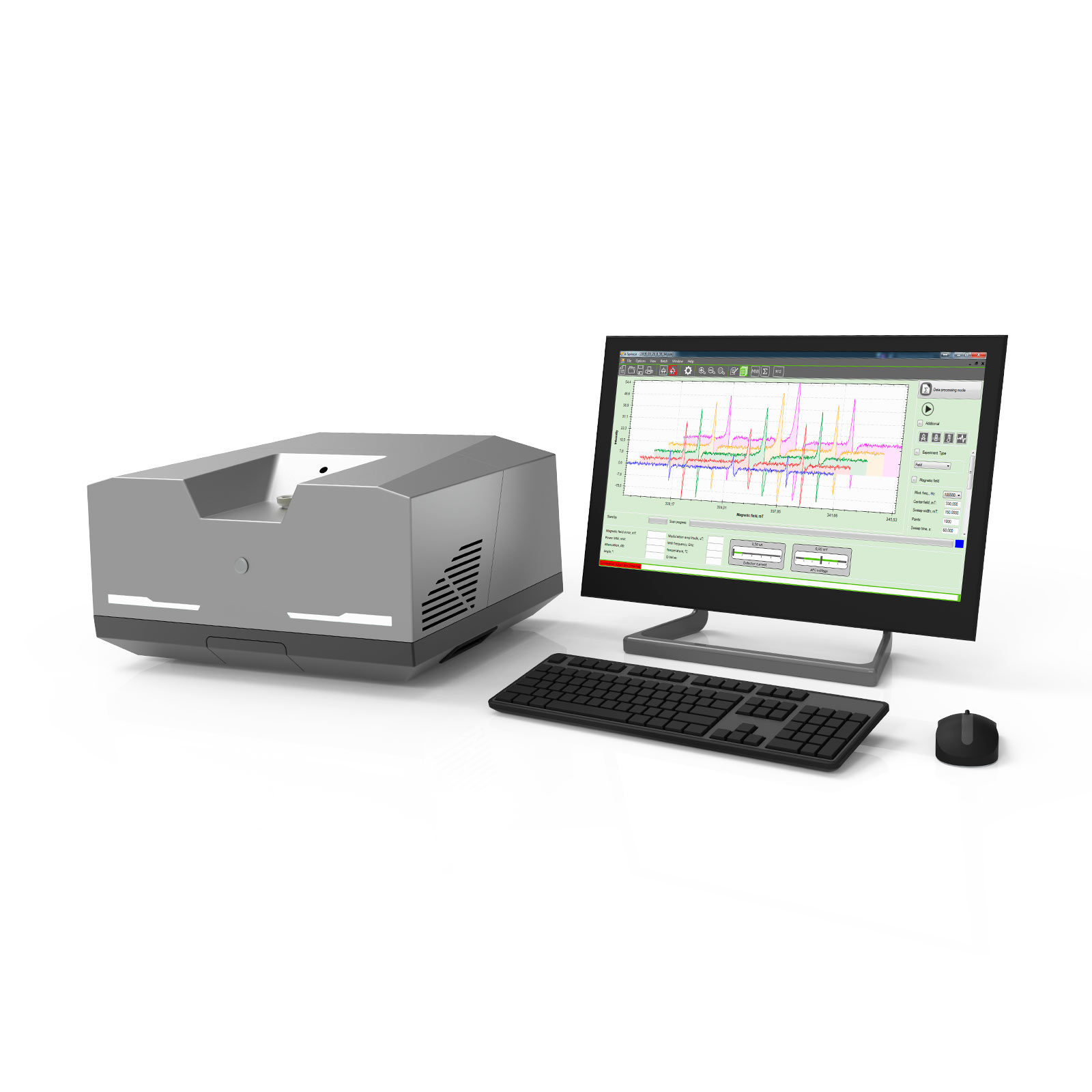
EPR spectrometer CMS8400 NEO
The CMS8400 NEO is a compact electron paramagnetic resonance spectrometer designed for routine research in physics, chemistry, biology and related scientific fields for direct detection of free radicals and paramagnetic materials. The CMS8400 NEO can be used in both laboratory and industrial settings in the mode of on-line measurements, embedded in technological processes, thus providing control of parameters and reactions in the production process.
Additional accessories and adapted software can make the spectrometer an analytical tool and allow to implement new complex applications in medicine, petrochemistry, brewing, sanitary and hygienic control, as well as in other industries.
ADVIN Smart Faktory
Minsk
Produced in: Belarus
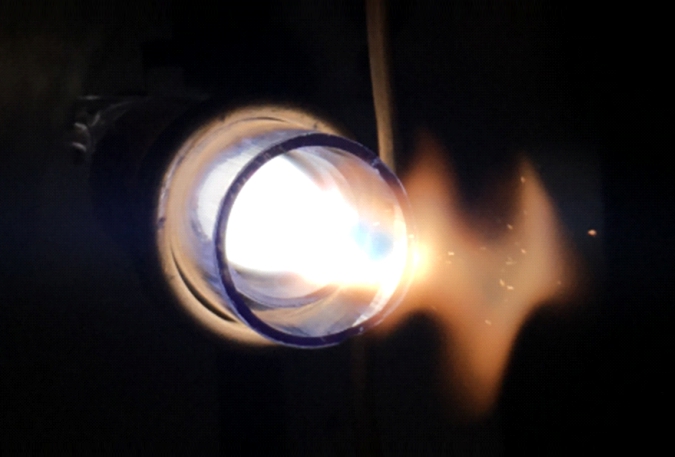
Grand ISP - Inductively coupled plasma mass spectrometer
The dual-view plasma spectrometer can record any spectral line simultaneously at high resolution in the concentration range from fractions of ppb up to tens of percent and offers a wide range of options for any research task.
Designed for the analysis of almost any type of environmental samples – water, soil, precipitation.
Quick switching to work. It does not require a long warm-up.
Low argon consumption.
Easy to use.
VMK OPTOELEKTRONIKA
Novosibirsk
Produced in: Novosibirsk
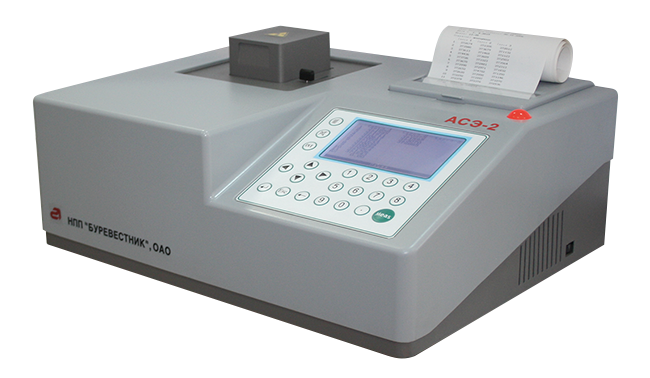
Energy dispersive sulfur-in-oil analyzer ASE-2
The ASE-2 energy dispersive sulfur analyzer is designed to measure the mass fraction of sulfur in unleaded gasoline, diesel fuel, crude oil, kerosene, oil residues, lubricating oil bases, hydraulic oils, jet fuels and other distillate oil products.
X-ray radiation from a low-power X-ray tube, converted by a primary radiation filter, excites fluorescence emission from the atoms of the sample being analyzed. The fluxes (primary X-rays scattered on the sample and secondary fluorescence) of radiation fall on a gas proportional counter, whereby the fluorescence radiation of sulfur atoms (SKa) is separated from the radiation with other energies by means of selective filters. The intensity of the fluorescence emission of sulfur atoms registered by the gas proportional counter is proportional to the mass fraction of sulfur in the analyzed sample.
Burevestnik
Kolomyagi
Produced in: Saint Petersburg

Small-sized multichannel spectrometer - "Hummingbird-2"
The spectrometer was created according to the Cherni-Turner scheme based on a flat diffraction grating and an MAES analyzer with one line of photodetectors. It has increased photometric accuracy due to cooling and temperature stabilization of the photodetector range, as well as due to its shell-less design, in which there is no re-reflection of radiation on the cover glass and the background level in the recorded spectrum decreases. The optical scheme and design of the spectrometer are optimized to obtain a high-quality spectrum with a low level of background radiation in any of the regions lying in the spectral range of 190-1100 nm. The choice of the working area is carried out by changing and rotating the diffraction gratings. The sealed case of the spectrometer is filled with an inert gas. The radiation is injected into the spectrometer using a quartz capacitor or a fiber-optic cable with an SMA-905 connector. The optical scheme and design of the spectrometer are protected by patents.
VMK OPTOELEKTRONIKA
Novosibirsk
Produced in: Novosibirsk
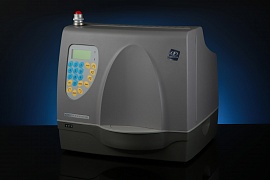
Spectrometer SPECTROSCAN MAX-G
The spectrometer is designed to determine the contents of elements in the range from Ca to U in substances in solid, powdery, dissolved states, as well as deposited on the surface or deposited on filters.
The principle of operation of the spectrometer is based on irradiation of the sample with primary radiation from an X-ray tube, measurement of the intensity of secondary fluorescent radiation from the sample at wavelengths corresponding to the elements being determined, and subsequent calculation of the mass fraction of these elements according to a pre-constructed calibration characteristic, which is the dependence of the content of the element being determined on the measured intensity.
Secondary fluorescent radiation is decomposed into a spectrum using a crystal analyzer. Due to this, the spectrometer has a high resolution, and therefore the ability to accurately analyze complex multicomponent substances.
NPO Spektron
Saint Petersburg
Produced in: Saint Petersburg

MKS‑AT6101DR SPECTROMETER (STATIONARY VERSION)
▪ Measurements without sampling in geometry 4π
▪ Intelligent detection unit in an airtight container
▪ The possibility of further detailed processing of the measured data using specialized software
Atomtekh
Minsk
Produced in: Belarus, Minsk
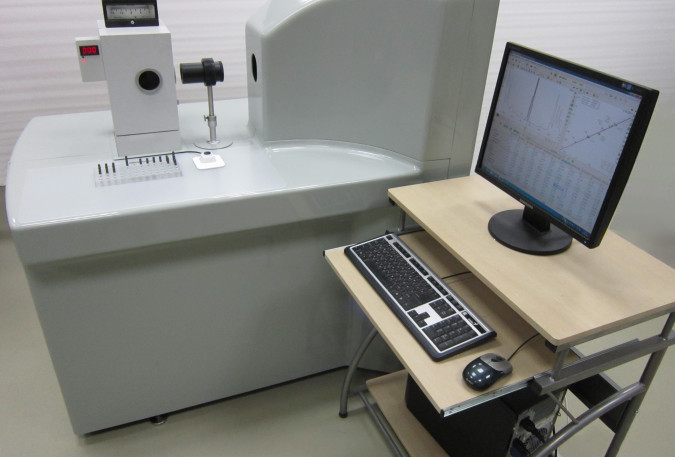
Diesel engine oil spectrometric analysis system "EXPRESS-OIL"
Diesel engine oil spectrometric analysis system "EXPRESS-OIL" is designed to analyze engine oils according to GOST 20759 and determine the concentration of wear elements of rubbing diesel parts, contaminants and additives in diesel engine oils during scheduled maintenance and repair of traction rolling stock in locomotive repair depots, as well as electronic accounting and analysis of dynamics data the content of wear elements in engine oils for each locomotive, as well as the determination of the composition of metals and alloys according to GOST, greases (according to CTCH-28/4, CTCHS-53) and other materials.
VMK OPTOELEKTRONIKA
Novosibirsk
Produced in: Novosibirsk
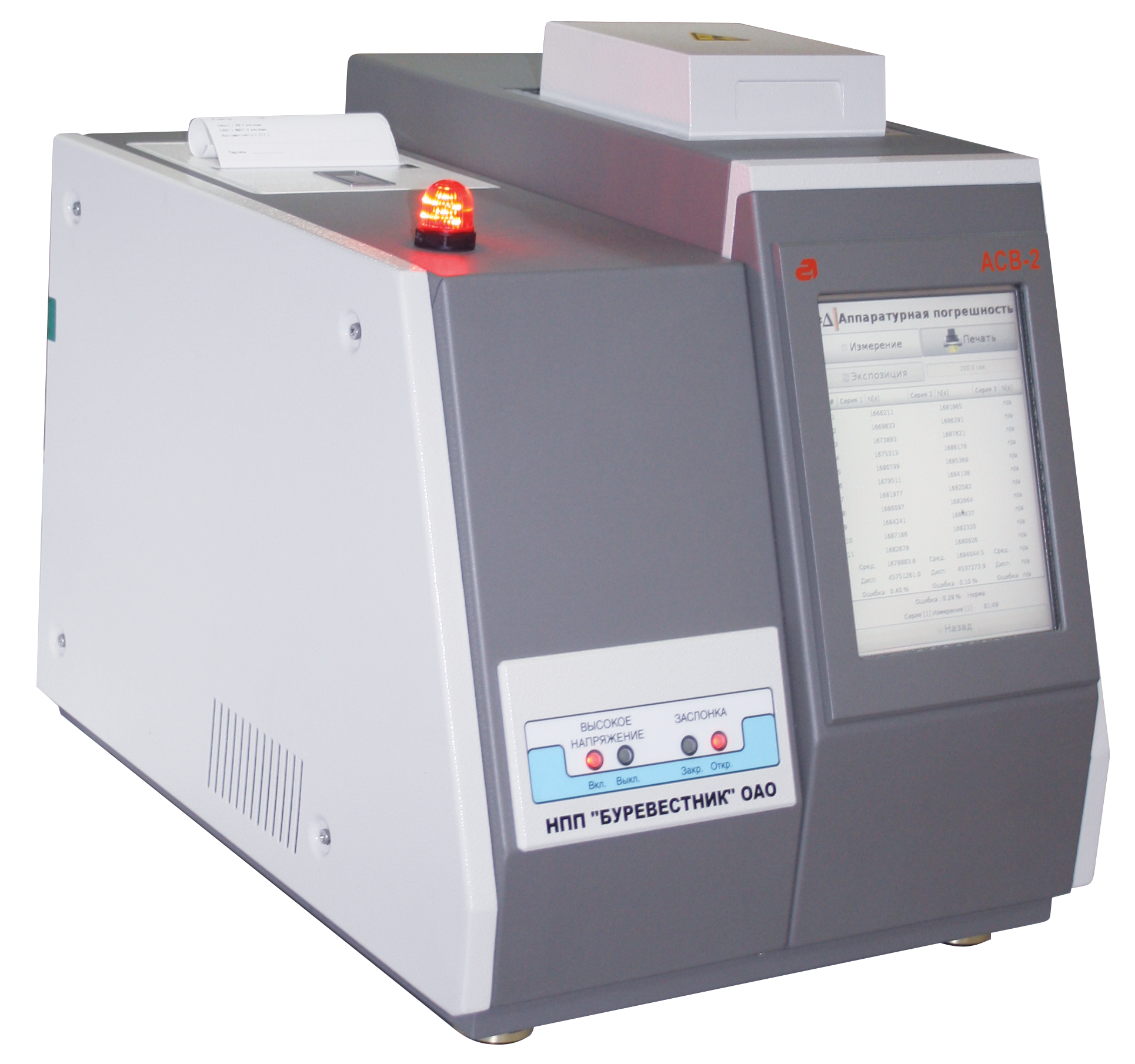
Wavelegth dispersive sulfur-in-oil analyzer ASV-2
The sulfur analyzer ASV-2 is designed to measure the mass fraction of sulfur in gasoline (unleaded), diesel fuel, oil, kerosene, oil residues, lubricating oil bases, hydraulic oils, jet fuels, crude oil and other distillate oil products.
The ASV-2 analyzer allows to perform the functions of determining sulfur both in the vacuum mode of the measuring chamber and in the helium purge mode. For this purpose the device is equipped with a set of accessories for connection of the analyzer to the helium post.
Burevestnik
Kolomyagi
Produced in: Saint Petersburg
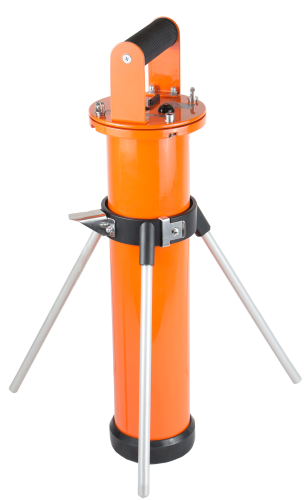
MKS‑AT6101DR SPECTROMETER
- Measurement of pollution density and specific activity of radionuclides 134Cs and 137Cs in soils and soils;
- Measurement of the specific activity of radionuclides 137Cs, 134Cs, 131I in water, food, forestry products, agro-industrial complex and liquid radioactive waste;
- Determination of the content of natural radionuclides 40K, 226Ra, 232Th;
- Identification of radionuclides: 134Cs, 137Cs, 131I, 40K, 226Ra, 232Th;
- Measurement of the ambient dose equivalent of gamma radiation
Measurements without sampling with GPS-binding
Intelligent detection unit in an airtight container
Automatic determination of the thickness of the contaminated soil layer by radionuclides 137Cs and 134Cs
Atomtekh
Minsk
Produced in: Belarus, Minsk
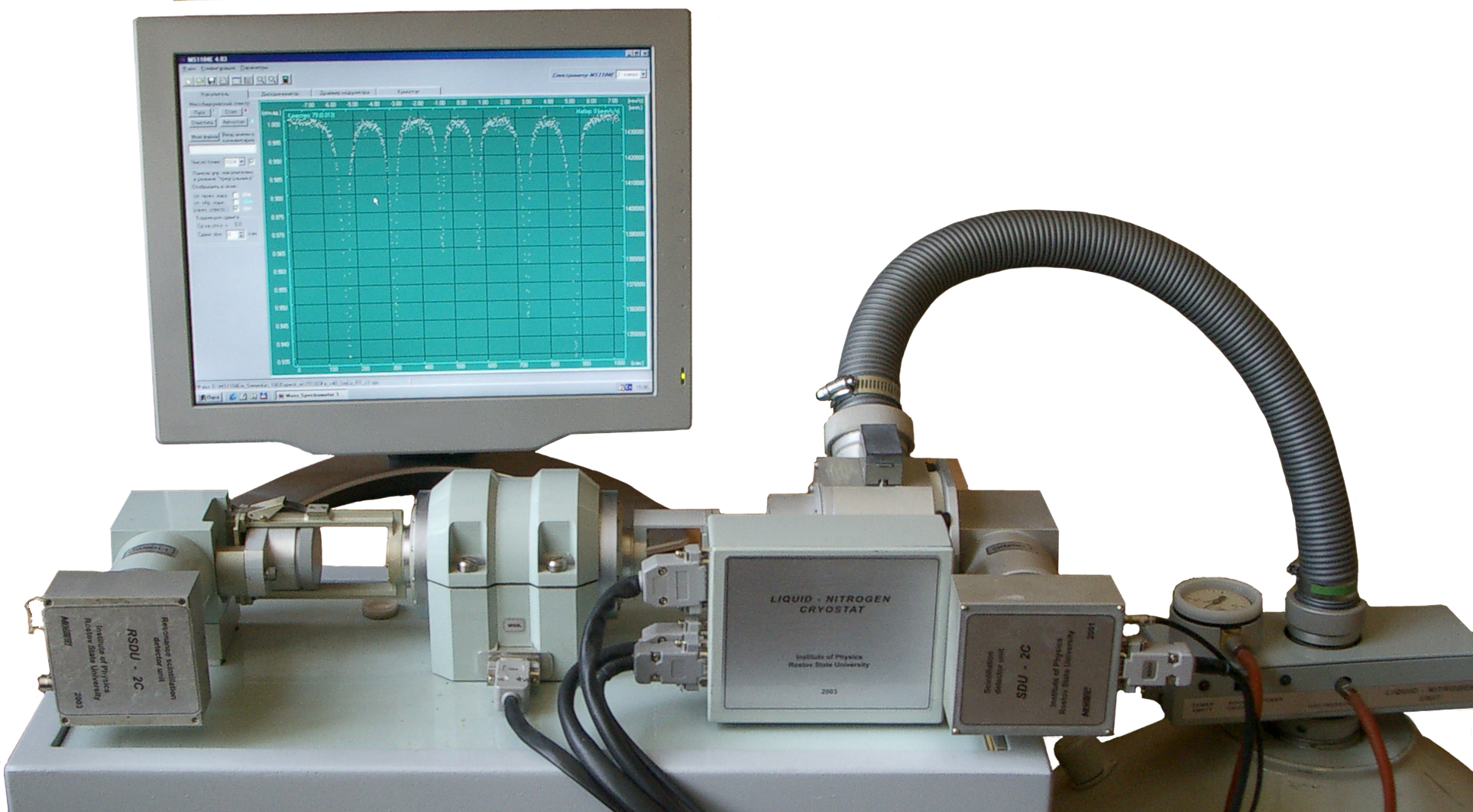
Express Mössbauer spectrometer MS1104Em
The MS-1104E spectrometer is characterized by high performance and accuracy of Mössbauer measurements achieved through the use of “compressed” geometry, as well as the use of highly efficient and selective resonant scintillation detection units that improve the energy resolution of resonance absorption lines by up to 30%. The technique of software and hardware stabilization of the spectrometric path developed and used in the spectrometer allows for long-term Mossbauer measurements without manual adjustment. The method of modulation in the specified speed intervals can significantly increase the sensitivity and expressiveness of measurements and reduce the time to determine the magnitude of the effects of resonant absorption by tens of times in the study of temperature phase transitions with a low concentration of resonant elements.
The electronic components of the spectrometer are developed on the basis of a modern element base using programmable logic matrices and microprocessors. Adjustable spectrometric paths and high-voltage power supplies of the PMU are integrated into detection units, modulator driver modules and multi-channel storage are made in the ISA standard and are located in the processor unit of the computer. Setting and monitoring of all parameters of the spectrometer and processing of the measured spectra is carried out from the operating windows of the control and processing programs.
Since 2000, more than ten spectrometers of this type have been supplied to leading scientific organizations in Russia and neighboring countries. One of the few industrial applications of Mössbauer spectroscopy should be noted - the development and supply to the Volgodonsk NPP of certified MS-1104Em methods and spectrometer for monitoring corrosion processes in the heat exchange circuits of the VVER-1000 reactor.
Department of Analytical Instrumentation SFU
Ростов-на-Дону
Produced in: Rostov-on-Don
